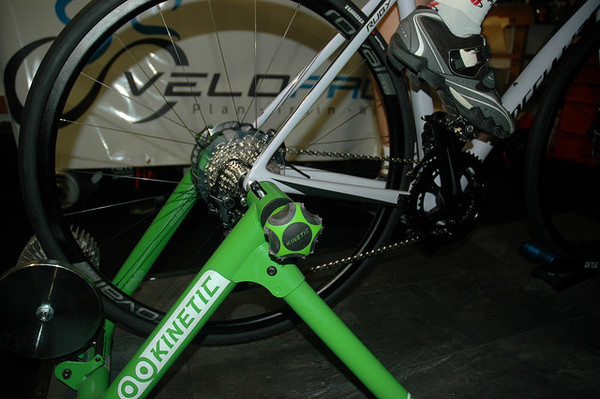
It has likely that it has happened to you. You are late getting out the door and pressed for time. You start your interval workout straight away. About 30 seconds into the first interval, your legs are leaden, your breathing is labored, and the metallic taste in your mouth is telling you that you went too hard, too soon. You did not warm-up.
These uncomfortable sensations are your body reminding you why it is important to warm-up properly to prepare yourself before the real work begins. Several things happen when you ease into exercise; your muscle and body temperature increase, your blood vessels dilate, and there are slight hormonal changes. Warming up your muscles allows them to contract and release more quickly, giving you faster response and better recovery (no leaden legs!). The dilation of your blood vessels reduces your relative blood pressure, enhances flow to your capillaries, and increases your body's ability to cool itself, while hormonal adjustments optimize your body's ability to use carbohydrates for fuel.
A good warm-up is easy to do. For run workouts, walk briskly for 5 minutes, then run progressively harder over a 5 minute period, so that your last minute is at your Threshold (half-marathon) pace. For bike workouts, spin easily for 5 minutes, then do 5 fast-pedal efforts (100+rpm) for 1 minute each, with 1 minute between efforts. Alternatively, after your initial 5 minute spin, ramp up to your Lactate Threshold heart rate (or power) over a period of 5 minutes. Spin easily for another 5 minutes and then you are ready for your main set.
All of this adds up to better high-level workout performance as well as recovery between hard efforts. It also means that you recover better day-to-day as your body does not spend as much time getting rid of the excess waste products that saturate your muscles when you go too hard too soon. Thus, when you warm-up properly, you can train more effectively each day, and get stronger faster!
In a future blog, we will talk about race-specific and climate-specific warm-ups.